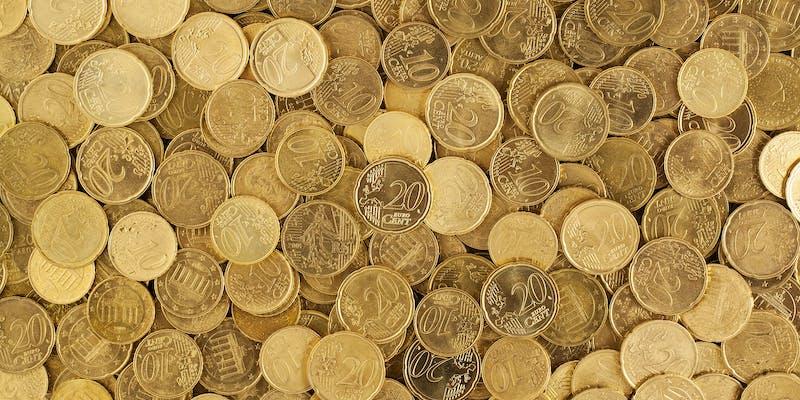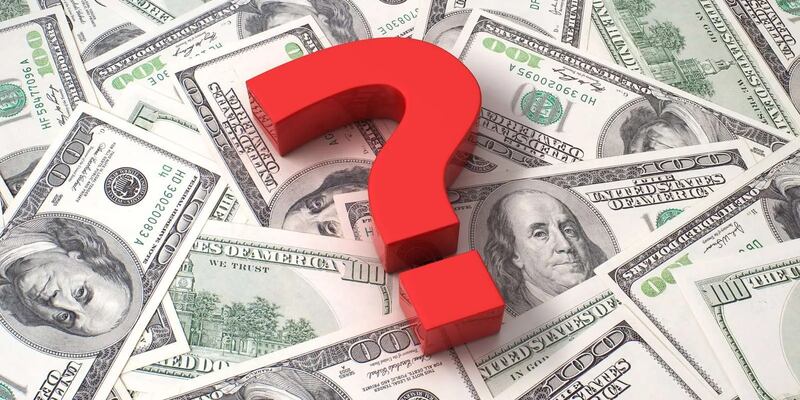What Is Gold Standard?
Nov 20, 2023 By Susan Kelly
The gold standard allows unfettered conversion between a government's currency and gold through a predetermined exchange rate. It can also define a free-competition monetary system that uses gold or bank receipts for gold as currency. The gold standard may also refer to an international commerce standard where nations price their currencies about gold parity. This approach provides a reliable and globally accepted currency valuation baseline. The gold standard shaped monetary policy and facilitated commerce locally and internationally by providing a physical and widely acknowledged measure of worth.
Gold Standard In U.S. History
The gold standard was designed to address its issues after paper money was introduced in 1696 and lasted until 1812. This money linked paper money to a specific amount of gold. This made money valuable. The Constitution granted Congress sole authority to produce and value money in 1789. This created a national currency. This crucial rule superseded the earlier system of foreign currencies composed mainly of silver.
The U.S.'s complicated gold standard history modified its money condition multiple times. The U.S. dollar was closely tied to the gold standard early after independence, meaning its value was bound to the precious metal. Security and national currency backing were pledged during this period.
Over time, the U.S. abandoned the gold standard, which changed its money history. Global economic factors influenced these shifts. No longer is everyone following the gold standard. The U.S.'s interaction with this monetary system has become increasingly intricate. This history can help you appreciate how difficult U.S. monetary policy is and how the economy has changed.
Working Dynamics
Old-fashioned gold standard calculations relate a country's currency, or paper money, to gold's value. Countries agree to swap paper money for a specific amount of gold to make this link. This supports the currency's value.
Gold prices remain unchanged under the gold exchange, limiting purchases and sales. This chosen price determines currency value. Currency value and gold price are linked. If the U.S. sets gold at $500 an ounce, one dollar is worth 1/500th of an ounce.
Modern definitions of the "gold standard" include any money system based on products rather than paper money. Government instructions, not its value, value fiat money. Gold standards vary from this core premise. Some methods only work with gold bars, coins, or bullion. However, others may take additional commodities or paper money, making the system more flexible.
Recent gold standard use used more complicated procedures. People could only swap their national money for gold under these regimes. This curtailed banks' and states' inflation and deflationary power. Expanding or reducing the money supply under the gold standard was more challenging to offer the money system security and value. It was sometimes difficult to implement.
Advantages

The gold standard's primary advantage is the stability it brings to pricing. It is difficult for governments to induce inflation by expanding the money supply because of this gain's longevity. The need for an increase in the money supply and an equal and opposite increase in gold reserves restrains inflation and hyperinflation.
The gold standard also aids in the stability of currency values across countries. International trade may be planned for more accurately using a set interest rate. It also facilitates simpler international trade between companies.
Disadvantages
Disturbance in wealth could emerge among nations that adopt the gold standard. Countries that produce their gold may have an advantage in the global marketplace over those that import it. Because of this, there could be a disturbance in financial resources and economic power.
One major issue is that the fixed price of gold makes it more difficult for governments to respond to economic downturns, as several experts have pointed out. Under the gold standard, recessions may be more common because of this restriction, which makes it more challenging to respond swiftly and effectively to economic downturns.
Fall of Gold Standard

WWI affected the gold standard in several ways. Political upheavals, mounting foreign debt, and shrinking government funds made survival difficult. The gold standard was still in effect during the war, but its weaknesses caused economic troubles and confidence erosion. People wanted the gold standard back as the international economy struggled to stabilize after the war. Gold fell as the global economy increased. The U.S. dollar and British pound sterling became the world's most important reserve currencies. This shift concentrated most of the world's gold in a few significant nations. U.S. gold reserves are the world's largest at 8,133 tons.
After the 1929 stock market crisis, global difficulties worsened. Misaligned currencies, war bills, declining goods prices, and overleveraged banks depreciated the economy. Countries boosted interest rates to preserve their gold assets, deepening global economic issues. After England abolished the gold standard in 1931, only the U.S. and France had considerable gold reserves.
The U.S. government hiked gold prices from $20.67 to $35 to promote the economy in 1934. This move made it cost more paper money to buy an ounce of gold, devaluing the dollar. Due to its excellent price, the U.S. controlled the gold market while other countries exchanged gold for dollars. Gold output had increased so much by 1939 that it might have replaced all international currencies.
The gold standard's rise and demise are two of money's most significant occurrences. The economy needed security and a stable money basis, so it was formed. The gold standard was limited by the complexity of international events, notably International War I and the economic depression that followed. As the economy transformed, security and flexibility clashed. This historical route demonstrates how complex monetary systems are and how the global economy changes.
An Alternative to Gold Standard
Paper currency was won once the gold standard collapsed. Fiat money isn't backed by gold, has no value other than a government decree, and is a better alternative. This shift from goods-based money systems to ones based on government trust was significant. Fiat currency allows governments to adjust money supply based on economic conditions, making monetary policy more flexible. Even if precious metals don't back it, paper money has revolutionized economies and financial systems worldwide.
-
 Investment Jan 16, 2024
Investment Jan 16, 2024Decoding the Real Worth of Farmers Homeowners Insurance: A Thorough Review
Get an in-depth look into Farmers Homeowners Insurance, its comprehensive coverage options, personalized service, and more. Find out if it's the right choice for you.
-
 Taxes Jan 17, 2024
Taxes Jan 17, 20247 Best Solutions If You Aren’t Able To Pay Your Taxes
If you feel stuck when paying taxes, you must learn what to do if you can’t pay your taxes immediately. Read this article for solutions.
-
 Taxes Jan 17, 2024
Taxes Jan 17, 2024All You Need to Know about How Much Do Tax Relief Companies Charge?
If you’re facing problems related to tax debt and want to hire a company, this article " How much do tax relief companies charge " will help you.
-
 Investment Jul 31, 2024
Investment Jul 31, 2024FarmTogether: Diversify Your Portfolio with FarmTogether Investments
Investors diversify their portfolio with FarmTogether agricultural investments and aim for long-term profitability in agriculture.
